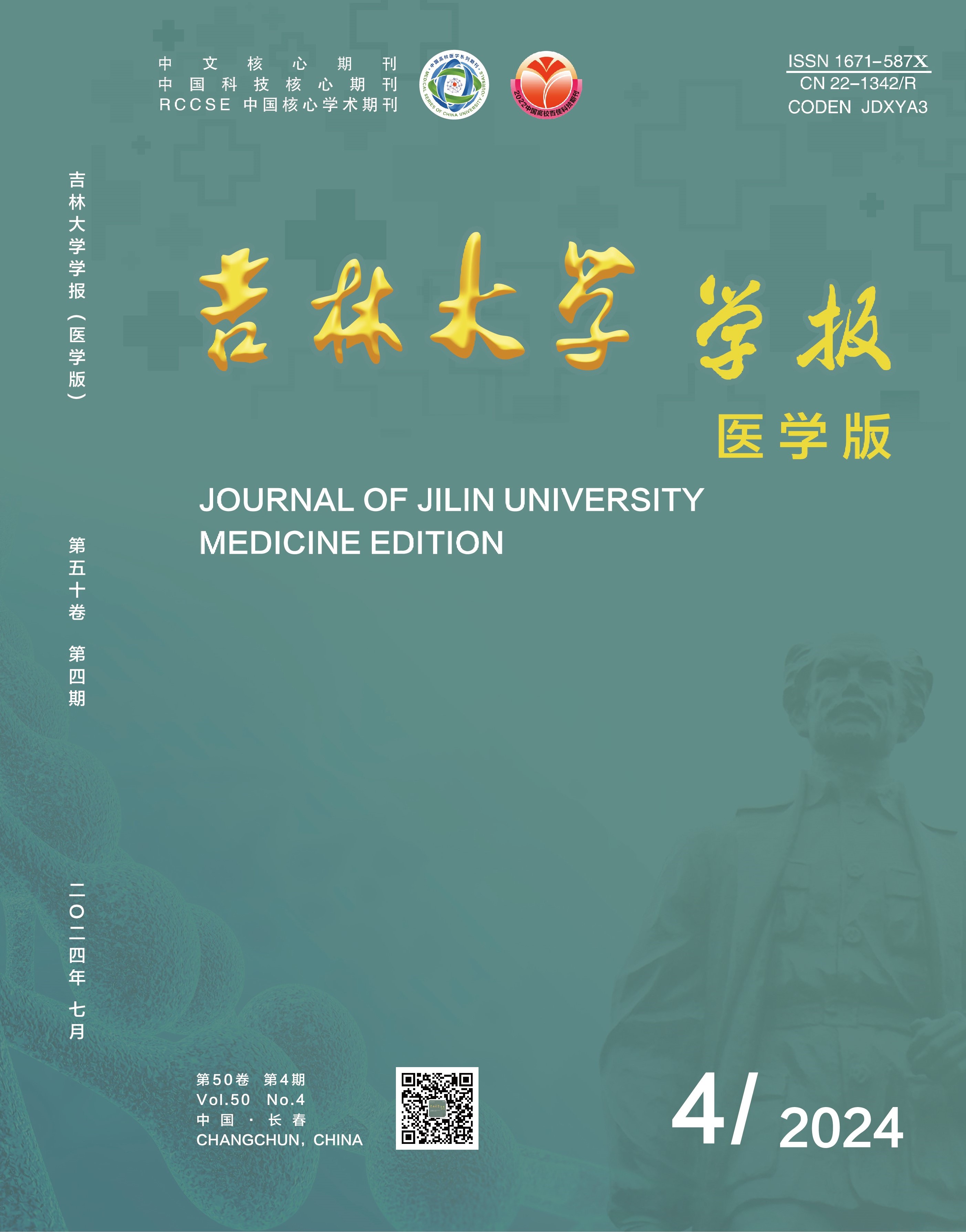Objective: To investigate the expressions of miR-1915-3p and Bcl-2 mRNA in colon cancer tissue and their relationships with the clinicopathological parameters and prognosis of the colon cancer patients, and to clarify the roles of miR-1915-3p and Bcl-2 in the occurrence and development of colon cancer.
MethodsA total of 40 colon cancer specimens and paired paracancer normal mucosa tissue were collected for examination of miR-1915-3p and Bcl-2 mRNA expression levels by Real-time fluorescence quantitative polymerase chain reaction (RT-qPCR). The correlation between the miR-1915-3p expression level and Bcl-2 mRNA expression level was analyzed by Pearson correlation analysis. The correlations between the expressions of miR-1915-3p and Bcl-2 and the clinicopathological features and prognosis of the colon cancer patients were analyzed by χ2 test. The survival curve was drawn by Kaplan-Meier method, and the survival difference was tested by Log-rank test.
ResultsThe RT-qPCR results showed that compared with the adjacent mucosa tissue, the expression level of miR-1915-3p in colorn cancer tissue was decreased significantly (P<0.05), and the expression level of Bcl-2 mRNA in colon cancer tissue was increased (P<0.05); there was a significant negative correlation between the expression level of miR-1915-3p and the expression level of Bcl-2 mRNA in colon cancer tissue (r=-0.542,P<0.05). The expression lervels of miR-1915-3p in colon cancer tissue was significantly correlated with the degree of tumor differentiation and lymph node metastasis (P<0.05), but not with gender, age, tumor size and TNM stage (P>0.05). The expression level of Bcl-2 mRNA in colon cancer tissue was significantly correlated with TNM stage (P<0.05), but was not related to other clinicopathological features (P>0.05). The Kaplan-Meier analysis results of survival curve showed that the overall survival(OS) of the colon cancer patients in miR -1915-3p high expression group was lower than that in miR-1915-3p low expression group (χ2=3.641,P<0.05). There was no significant relationship between the expression level of Bcl-2 mRNA and the prognosis of colon cancer patients (χ2=0.571,P>0.05).
ConclusionThe miR-1915-3p expression level in tumor tissue of the colorectal cancer patients is decreased, but the expression level of Bcl-2 mRNA is significantly increased. The combined detection of them is useful for the diagnosis and prognosis evaluation of colon cancer.

 Table of Content
Table of Content
 Guide to Authors
Guide to Authors


